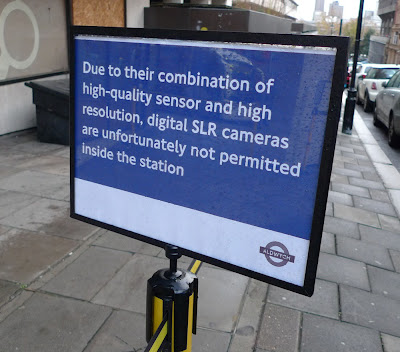
A super yacht moored in Venice for the art biennale. Photograph: Chris Helgren/Reuters/Corbis
Being an art buyer these days is comprehensively and indisputably vulgar. It is the sport of the Eurotrashy, Hedge-fundy, Hamptonites; of trendy oligarchs and oiligarchs; and of art dealers with masturbatory levels of self-regard. They were found nestling together in their super yachts in Venice for this year's spectacular art biennale. Venice is now firmly on the calendar of this new art world, alongside St Barts at Christmas and St Tropez in August, in a giddy round of glamour-filled socialising, from one swanky party to another.
Artistic credentials are au courant in the important business of being seen as cultured, elegant and, of course, stupendously rich.
Do any of these people actually enjoy looking at art? Or do they simply enjoy having easily recognised, big-brand name pictures, bought ostentatiously in auction rooms at eye-catching prices, to decorate their several homes, floating and otherwise, in an instant demonstration of drop-dead coolth and wealth. Their pleasure is to be found in having their lovely friends measuring the weight of their baubles, and being awestruck.
It is no surprise, then, that the success of the uber art dealers is based upon the mystical power that art now holds over the super-rich. The new collectors, some of whom have become billionaires many times over through their business nous, are reduced to jibbering gratitude by their art dealer or art adviser, who can help them appear refined, tasteful and hip, surrounded by their achingly cool masterpieces.
Not so long ago, I believed that anything that helped broaden interest in current art was to be welcomed; that only an elitist snob would want art to be confined to a worthy group of aficionados. But even a self-serving narcissistic showoff like me finds this new art world too toe-curling for comfort. In the fervour of peacock excess, it's not even considered necessary to waste one's time looking at the works on display. At the world's mega-art blowouts, it's only the pictures that end up as wallflowers.
I don't know very many people in the art world, only socialise with the few I like, and have little time to gnaw my nails with anxiety about any criticism I hear about.
If I stop being on good behaviour for a moment, my dark little secret is that I don't actually believe many people in the art world have much feeling for art and simply cannot tell a good artist from a weak one, until the artist has enjoyed the validation of others – a received pronunciation. For professional curators, selecting specific paintings for an exhibition is a daunting prospect, far too revealing a demonstration of their lack of what we in the trade call "an eye". They prefer to exhibit videos, and those incomprehensible post-conceptual installations and photo-text panels, for the approval of their equally insecure and myopic peers. This "conceptualised" work has been regurgitated remorselessly since the 1960s, over and over and over again.
Few people in contemporary art demonstrate much curiosity. The majority spend their days blathering on, rather than trying to work out why one artist is more interesting than another, or why one picture works and another doesn't.
Art critics mainly see the shows they are assigned to cover by their editors, and have limited interest in looking at much else. Art dealers very rarely see the exhibitions at other dealers' galleries. I've heard that almost all the people crowding around the big art openings barely look at the work on display and are just there to hobnob. Nothing wrong with that, except that none of them ever come back to look at the art – but they will tell everyone, and actually believe, that they have seen the exhibition.
Please don't read my pompous views above as referring to the great majority of gallery shows, where dealers display art they hope someone will want to buy for their home, and new collectors are born every week. This aspect of the art world fills me with pleasure, whether I love all the art or not.
I am regularly asked if I would buy art if there was no money in it for me. There is no money in it for me. Any profit I make selling art goes back into buying more art. Nice for me, because I can go on finding lots of new work to show off. Nice for those in the art world who view this approach as testimony to my venality, shallowness, malevolence.
Everybody wins.
And it's understandable that every time you make an artist happy by selecting their work, you create 100 people that you've offended – the artists you didn't select.
I take comfort that our shows have received disobliging reviews since our opening exhibition of Warhol, Judd, Twombly and Marden in 1985. I still hold that it would be a black day when everybody likes a show we produce. It would be a pedestrian affair, art establishment compliant, and I would finally know the game was up.
 Well it's about this time of year when bloggers write some meaningful piece of blob about how we should all be kind to one another with peace on Earth and all that. Very nice that may be, but writing it it won't change the world. But what do I know..
Well it's about this time of year when bloggers write some meaningful piece of blob about how we should all be kind to one another with peace on Earth and all that. Very nice that may be, but writing it it won't change the world. But what do I know..












